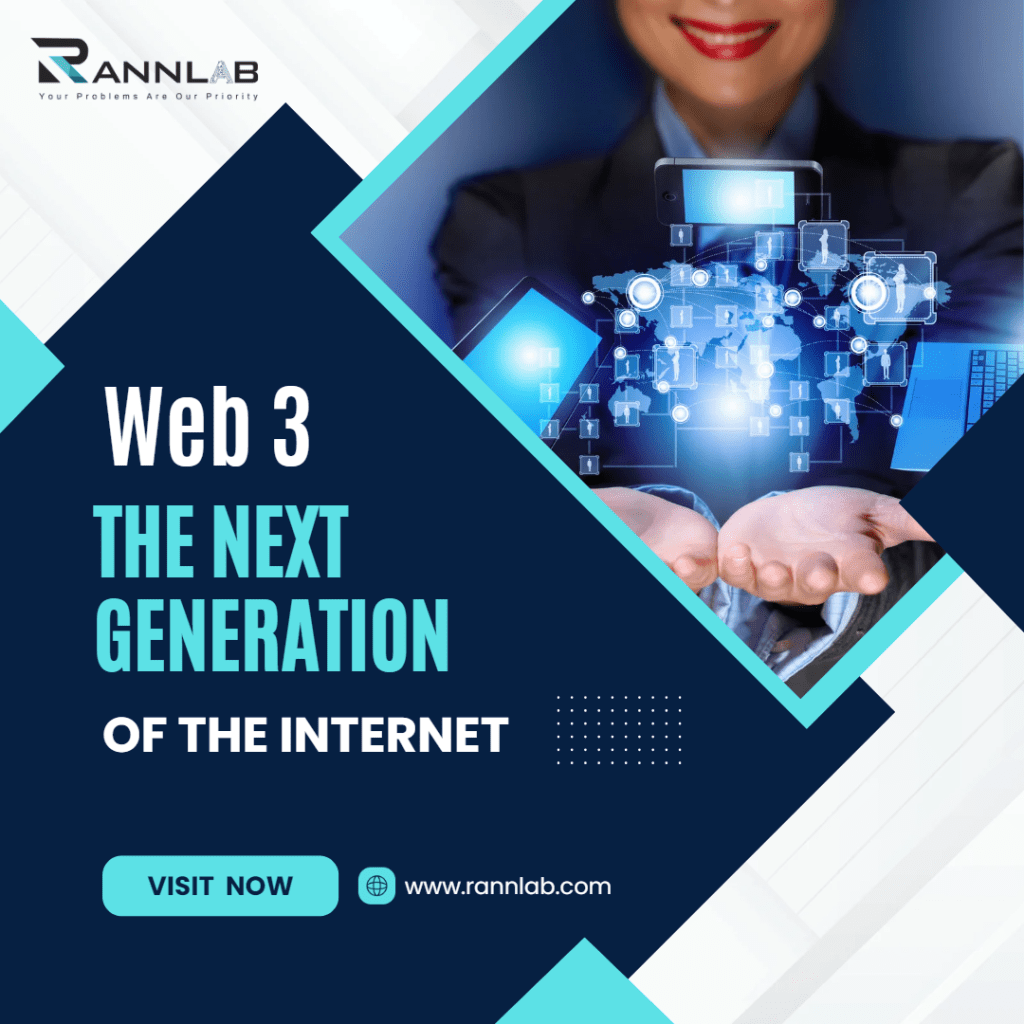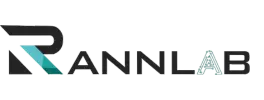
Web 3 is the next generation of the internet, and it promises to be more secure, decentralized, and user-centric than its predecessors. This new era of the internet is still in its infancy, but it has the potential to revolutionize the way we interact with the digital world.
What is Web 3?
Web 3, also known as the decentralized web, is a vision for the future of the internet where users have greater control over their data and privacy. This vision is based on three fundamental principles:
- Decentralization: Web 3 aims to be decentralized, meaning that data and services are not controlled by a single entity or organization. Instead, the data is distributed across a network of nodes, making it more resilient and resistant to censorship.
- Privacy: Users have greater control over their data and privacy. They can choose which data to share and with whom, and they can be sure that their data is not being exploited or sold without their consent.
- Security: Web 3 aims to be more secure than the previous iterations of the internet. With decentralized networks and blockchain technology, users can be confident that their data is protected from hackers and other malicious actors.
How is Web 3 different from Web 2?
Web 2, the current version of the internet, is centralized and controlled by a few large corporations. Users have little control over their data and are at risk of having their information exploited by these corporations. Web 3, on the other hand, is decentralized and puts the user in control. With Web 3, users have the ability to own and control their data, and they can choose how and when to share it.
Another key difference between Web 2 and Web 3 is the use of blockchain technology. Blockchain is a decentralized and secure ledger that can be used to store data and execute smart contracts. With this, blockchain technology is used to create decentralized applications (dApps) that run on a distributed network of nodes. These apps can be used for a wide range of purposes, from social media platforms to financial services.
Benefits of Web 3
It has the potential to bring many benefits to users and businesses. Some of the key benefits include:
- Greater control over data and privacy: With this, users have greater control over their data and privacy. They can choose which data to share and with whom, and they can be sure that their data is not being exploited or sold without their consent.
- More secure and resilient: Web 3 is more secure and resilient than Web 2. With decentralized networks and blockchain technology, users can be confident that their data is protected from hackers and other malicious actors.
- New business models: Web 3 opens up new business models and revenue streams. For example, dApps can be monetized through the use of tokens, which can be bought and sold on cryptocurrency exchanges.
- Better user experiences: Users can expect better user experiences. dApps can be faster and more efficient than traditional web applications, and they can be customized to meet the unique needs of users.
Conclusion
Web 3 is the future of the internet, and it promises to be more secure, decentralized, and user-centric than its predecessors. Users have greater control over their data and privacy, and they can be confident that their data is protected from hackers and other malicious actors. Businesses can benefit from this by opening up new revenue streams and providing better user experiences. As this web continues to evolve, it is likely to bring many more benefits to users and businesses alike.

